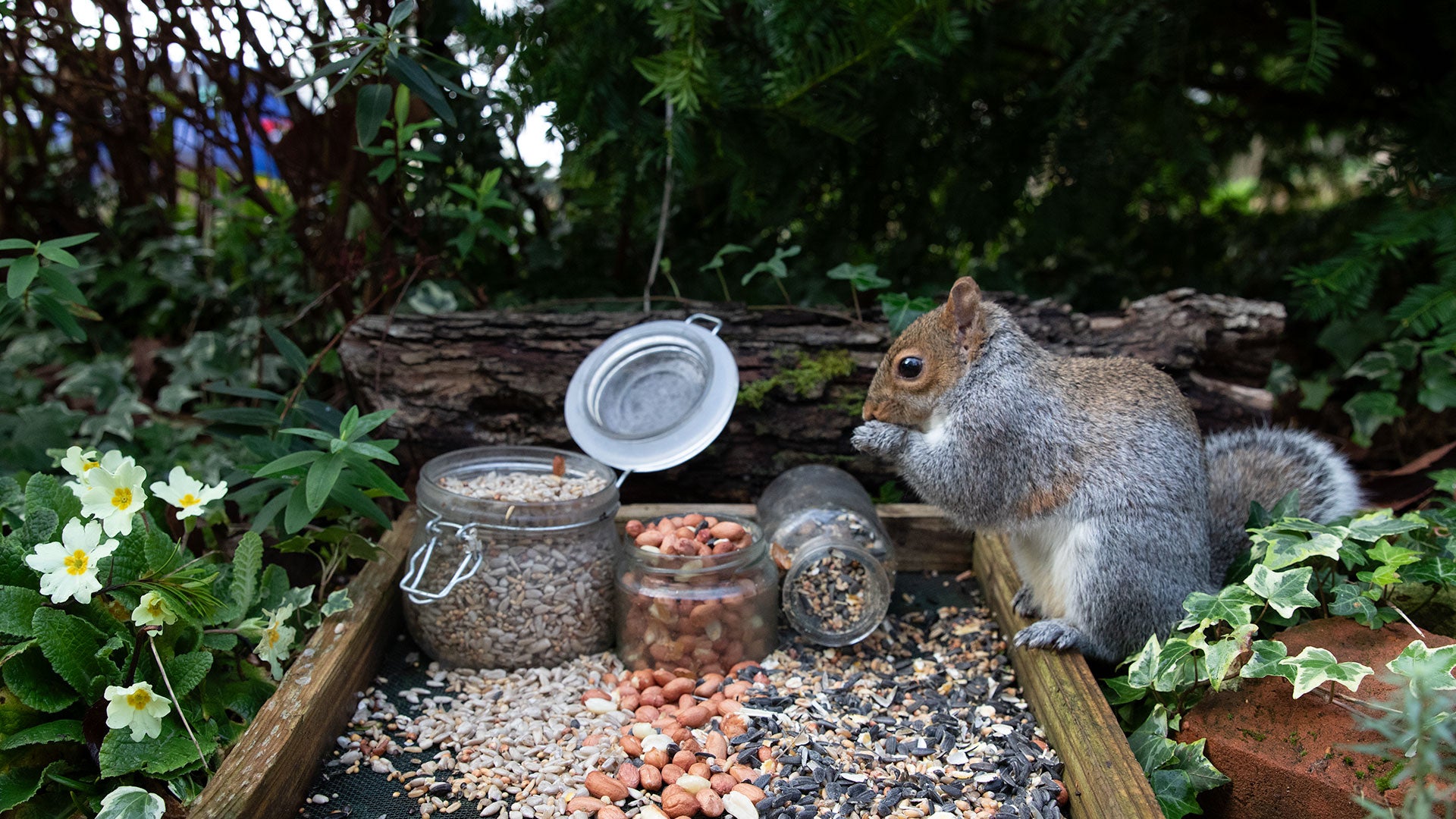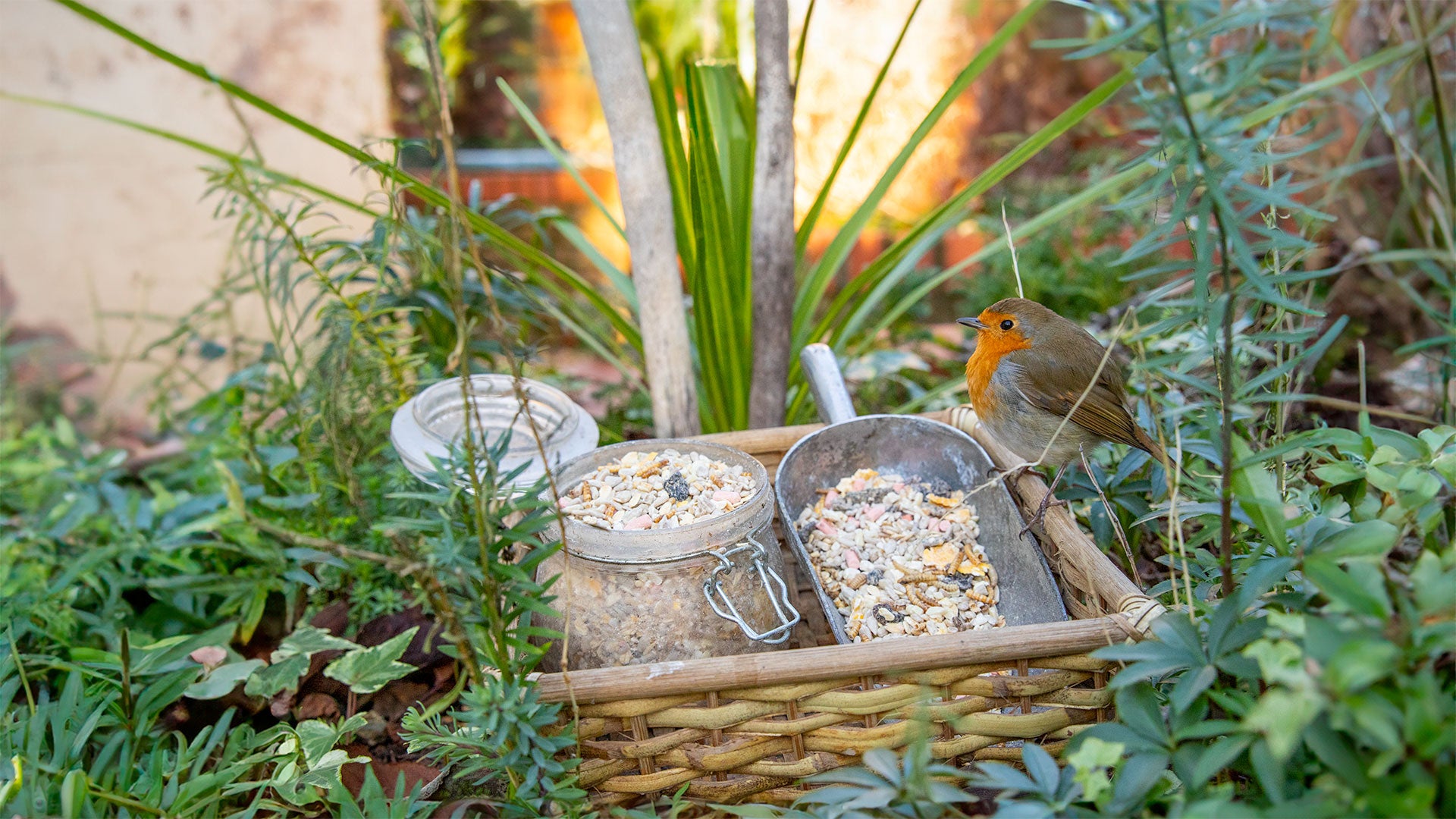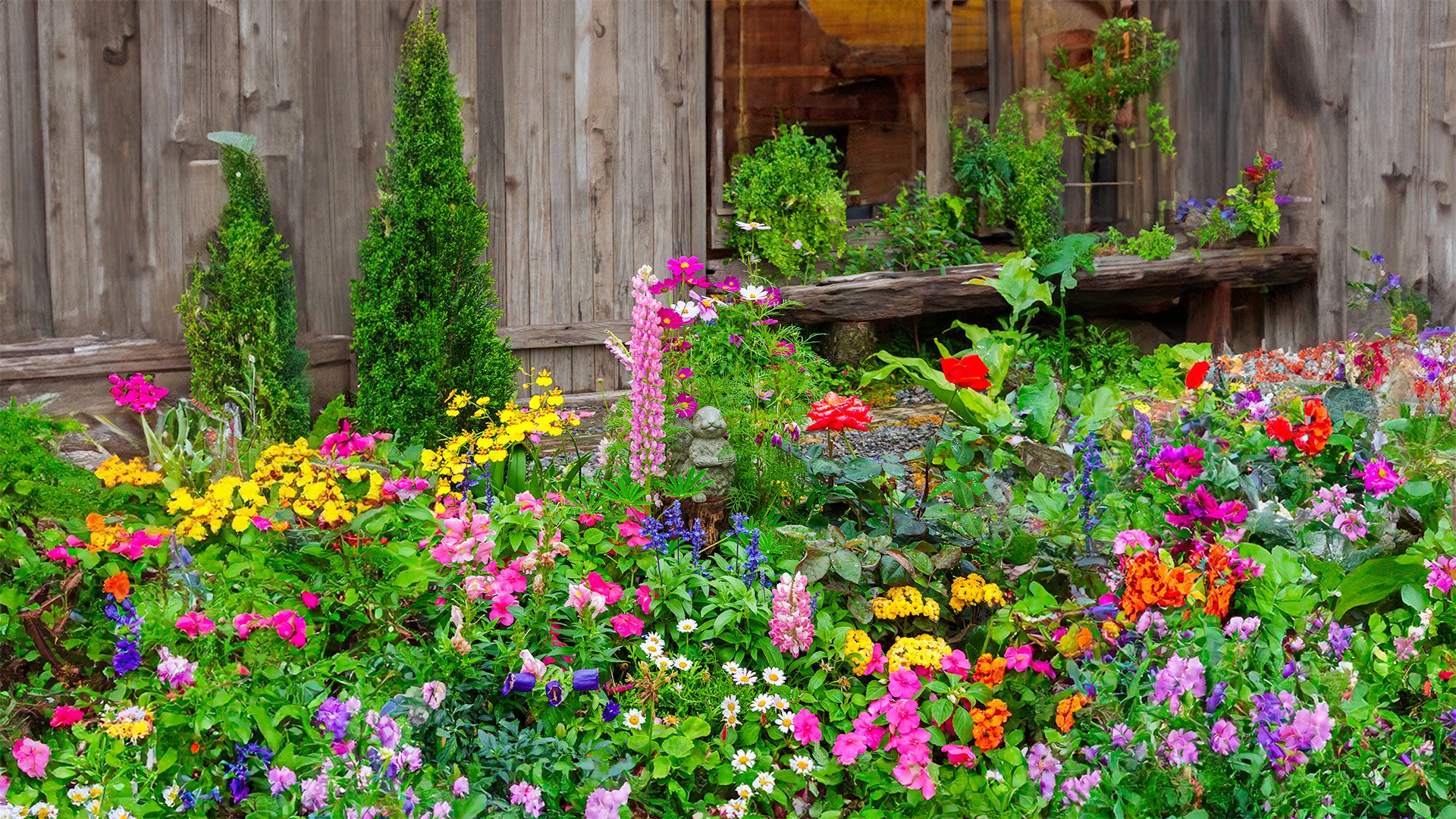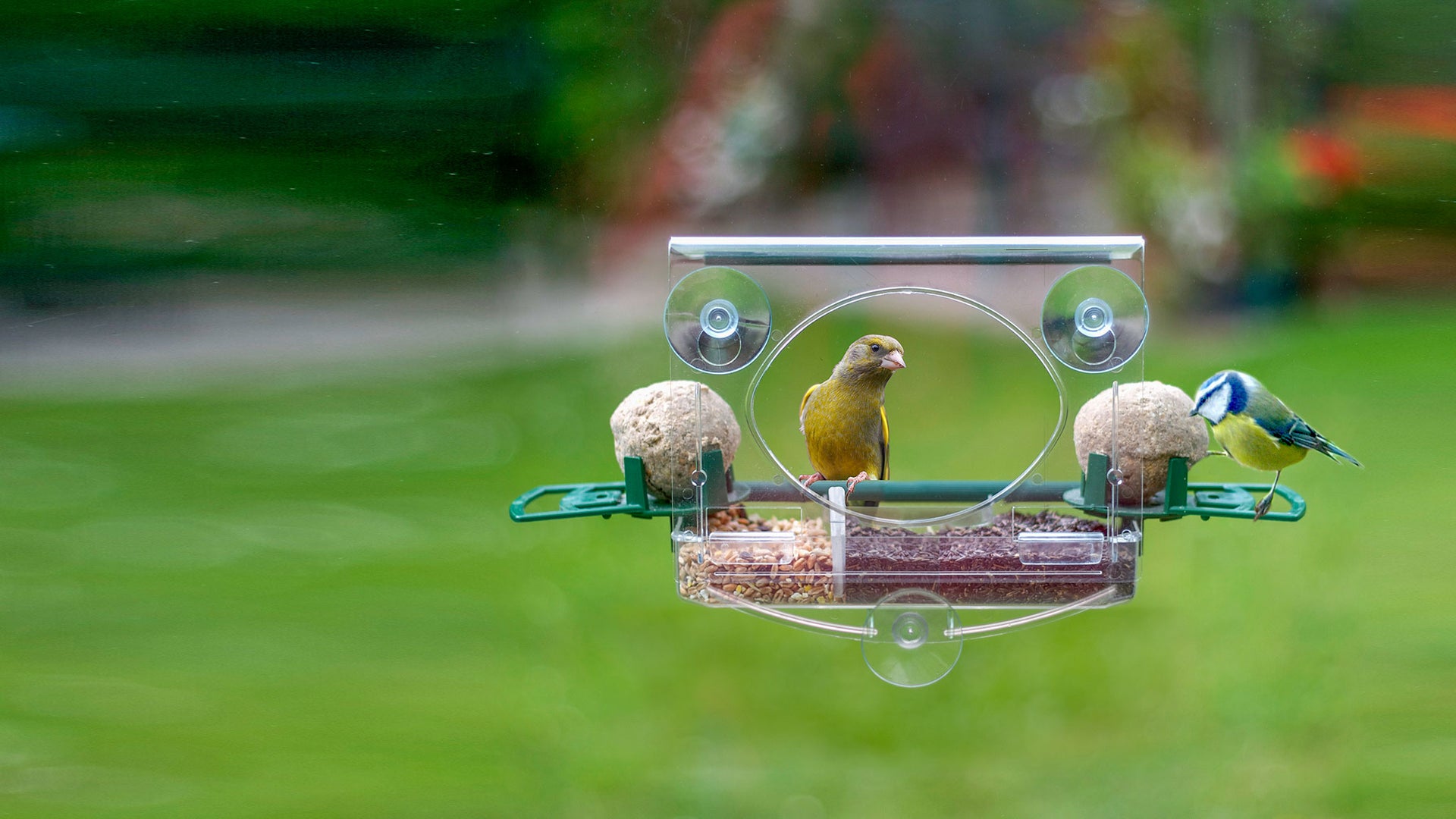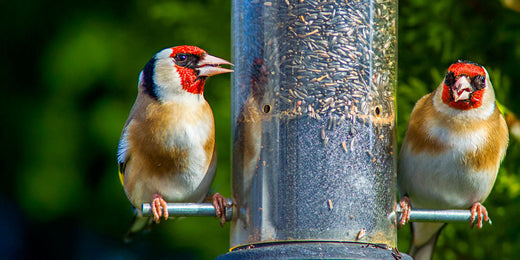Last year, I became fascinated by the difference lawn length makes. I cut some areas short, while allowing other areas to grow longer. What difference does weekly, fortnightly, or monthly mowing make? I saw flowers such as daisies, buttercups and dandelions thrive in the longer areas, and this attracted many more butterflies and bees.
It’s not just flowers growing in the longer grass that attract wildlife, however. Many species have evolved to eat grasses. From ground dwelling grubs eating their roots, to moth caterpillars eating the green stems, or grasshoppers eating the tougher stalks and of course mice, voles and birds eating the seeds. Grass of any length attracts a mass of animals but overall, I find the longer the grass, the greater the amount and diversity of species it attracts.

With all these mouths feeding on it and feet crushing it, grass needs to be resilient, and it is! Proven by the fact you can find it everywhere. It’s conquered most of the planet and can dominate whole continents. If I treated any other plants as brutally as I do my grass, they would die without doubt. I chop it down with a mower on a regular basis and my kids and I trample it constantly while playing ball games. It dries under a scorching summer sun and then gets waterlogged and frozen throughout winter and yet here it is, still green and wonderful.
Unlike most plants, grass has a clever trick. It grows from the base. New growth generally appears at the tips of plants and if eaten or damaged, growth stops. Grass ingeniously begins new growth in the crown, at the base of the plant, and pushes leaves up and outward, meaning any passing herbivore (or lawnmower) is chomping or chopping the oldest part of the plant and not the growing tip. This innovation has given grass the ability to expand its range and remain unchanged for over 50 million years!

While the lawn offers opportunities for life directly, I love the viewing opportunities it presents to me. From the moths, bees and butterflies hovering throughout the summer, I also get to witness owls coming in at night on the prowl for mice and voles scurrying in the thatch. Hedgehogs revel in the differing lengths of lawn and may be better called ‘edgehogs’, rather than hedgehogs for their habit of living at the edge of surfaces and habitats. Blackbirds, thrushes, woodpeckers and starlings are replaced overnight by foxes and badgers who equally like to rootle through the grass seeking larger grubs and worm, just as the birds do by day.
Still sat on the lawn, I can see lots of insects crawling among the grass blades and this reminds me of another clever survival trick that grass possesses to defend itself. When it detects it’s under attack, being chewed or bitten, grass emits a cocktail of oxygenated volatile hydrocarbons. This heady brew of chemicals creates a strong odour that rises high in the air attracting the attention of birds, bats, and other insectivores. These creatures quickly learn this smell means a good meal and rush to the source. Yes, grass appeals for help and enlists the support of animals when it’s under attack.

Next time you mow your lawn and breathe in the sweet aroma, notice how quickly after you put the mower away, your garden fills with blackbirds, starlings, robins, and others responding to the grass’s distress calls.



